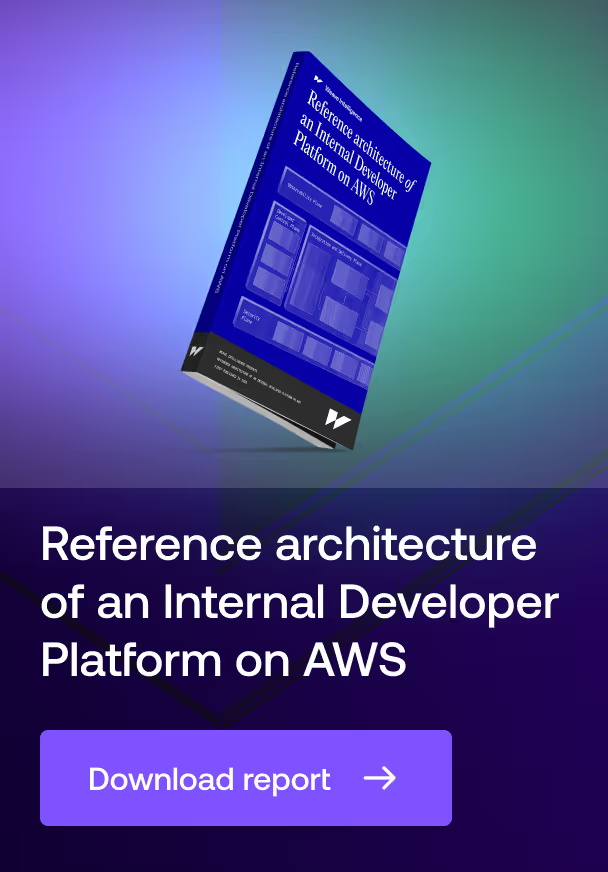Profile
Amazon Elastic Container Registry (ECR) is a fully managed container registry service that enables organizations to store, manage, and deploy Docker container images and OCI artifacts. As a core component of AWS's container services portfolio, ECR provides enterprise-grade security, high availability, and seamless integration with AWS container orchestration platforms. The service eliminates the operational overhead of running self-hosted registries while delivering the scalability and reliability required for production workloads. ECR's value proposition centers on combining robust security controls with simplified operations through deep integration with AWS's identity and security services.
Focus
ECR addresses fundamental challenges in container image management by providing centralized storage with built-in security controls, automated vulnerability scanning, and efficient distribution mechanisms. The service solves persistent problems around image versioning, access control, and cross-region availability while enabling standardized workflows for container deployment. Primary benefits include automated image lifecycle management, integrated vulnerability scanning, and seamless authentication through AWS IAM. The service targets platform engineering teams, DevOps practitioners, and organizations building containerized applications that require enterprise-grade registry capabilities with minimal operational overhead.
Background
ECR emerged from AWS's recognition of customer challenges in managing private container registries at scale. The service was developed as a fully managed alternative to self-hosted solutions, designed to leverage AWS's global infrastructure and security capabilities. AWS maintains complete ownership and operational control, with development guided by customer feedback through public roadmaps and feature requests. The service operates under AWS's standard service terms as a proprietary offering, while maintaining compatibility with open container standards. ECR's architecture leverages Amazon S3 for storage, providing eleven nines of durability for stored images.
Main features
Integrated security and access control framework
ECR implements comprehensive security through multiple layers, starting with encryption at rest using AES-256 and in-transit protection via TLS. The integration with AWS Identity and Access Management enables fine-grained access control through both identity-based and resource-based policies. Organizations can implement cross-account access patterns and repository-level permissions while maintaining security through temporary credentials that automatically rotate. The security framework includes automated vulnerability scanning through Amazon Inspector, image signing capabilities, and compliance certifications for major regulatory frameworks including PCI DSS, HIPAA, and SOC 2.
Cross-region replication and distribution management
The service provides automated replication capabilities that enable organizations to distribute container images across AWS regions while maintaining centralized control. The replication framework supports both cross-region and cross-account patterns, with configurable rules that determine which repositories and images are replicated. Pull-through cache functionality enables caching of public registry images, improving availability and reducing external dependencies. The distribution system optimizes data transfer through layer deduplication and parallel downloads, while maintaining consistency through cryptographic image digests.
Lifecycle and retention policy automation
ECR's lifecycle management system enables automated cleanup of unused images through configurable policies based on image age, count, or tag patterns. Organizations can implement sophisticated retention strategies that maintain recent versions while automatically expiring older images to control storage costs. The policy engine evaluates rules in priority order, allowing different retention rules for production versus development images. Preview capabilities enable testing policy effects before implementation, while CloudWatch integration provides metrics and alerts for lifecycle policy execution.






